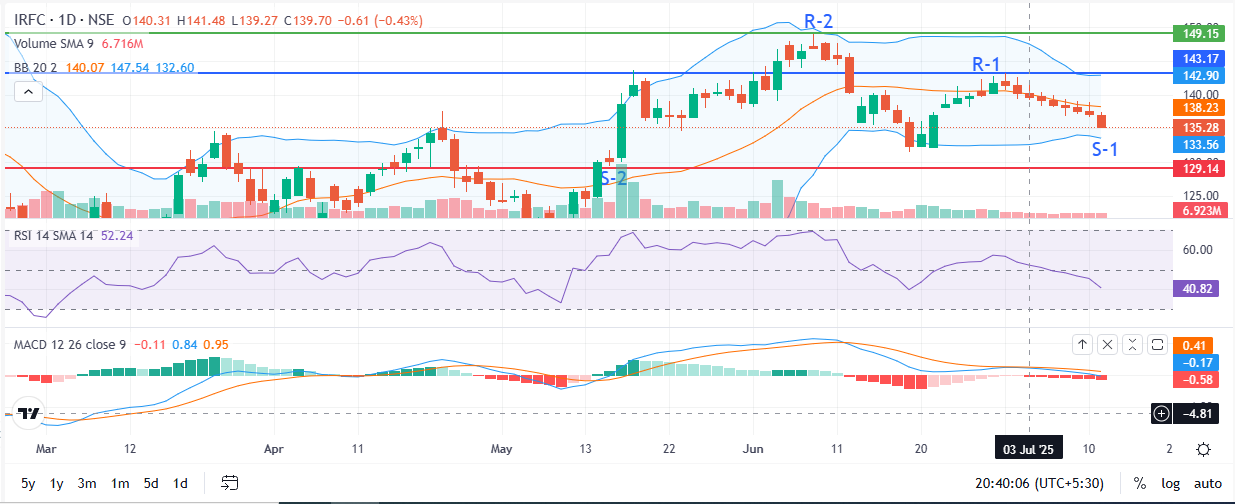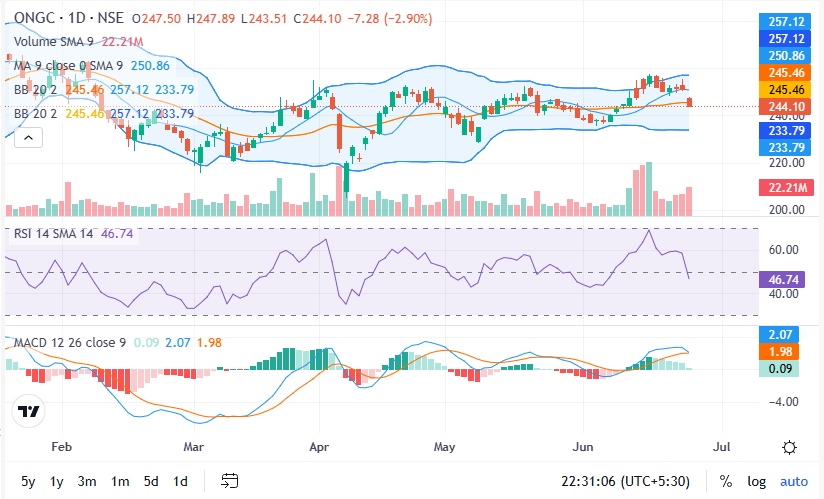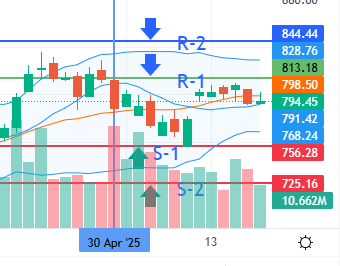Stock market investing can be lucrative, but the performance of your portfolio depends on the kind of equity shares you choose. Choosing between small-, mid-, and large-cap stocks is one of the most important choices each investor must make. The risk, reward, and growth potential of each of these groups varies.
This article explains the distinctions between small, mid, and large-cap stocks in the Indian market and explains how to choose the one that best suits your financial objectives.
Note: This is not advice on investments. Before making any investing decisions, please seek the advice of a certified financial advisor.
Market Caps: What Do They Mean?
The total worth of a company’s outstanding shares, or market capitalization (market cap), is determined by multiplying the share price by the total number of shares. The Securities and Exchange Board of India (SEBI) divides equities in India into three primary groups:
Big Cap: The top 100 businesses based on market capitalization
Mid Cap: Businesses with market capitalizations between 101 and 250
Small Cap: Businesses with a ranking of 251 or lower
Every one of these market capitalization categories has distinct qualities that appeal to certain investment types.
Big Cap Stocks
What are they?
The largest and most well-known corporations on the market are represented by large-cap stocks; examples include Infosys, TCS, HDFC Bank, and Reliance Industries. These businesses often have consistent revenue and profitability and are industry leaders.
Important characteristics:
Reduced danger
Moderate yet steady returns
Consistent dividend payments
Elevated liquidity
Who ought to make an investment?
Large-cap stock shares can serve as the cornerstone of your investment portfolio if you’re a cautious investor seeking steadiness. They are perfect for steady income and long-term capital preservation.
For instance, because of their steady performance and solid balance sheets, investing in HDFC Bank or Infosys is frequently regarded as a safer option.
Mid-Cap Stocks
What are they?
Companies that are still in their growth phase but are comparatively well-established are known as mid-cap stocks. Compared to large caps, they are typically more volatile, but over time, they may yield larger gains.
Important characteristics:
Risk and reward are balanced.
More room for expansion than big caps
Liquidity that is moderate
Increased volatility
Who ought to make an investment?
Investors looking for growth without taking on too much risk who have a medium risk tolerance might consider mid-cap stocks. In a financial plan, they might be a good balance between growth and value.
For instance, businesses with tremendous growth in recent years while upholding sound fundamentals include Trent Ltd. and Tata Elxsi.
Small-Cap Stocks
What are they?
Smaller, up-and-coming businesses that might not yet be well-known are represented by small-cap stocks. They have the greatest risk, but they also have the greatest potential for profit, particularly in a bull market.
Important characteristics:
High reward and high risk
Insufficient liquidity
Increased susceptibility to market fluctuations
Possibility of quick expansion (or steep drops)
Who ought to make an investment?
Aggressive investors who are prepared to accept short-term volatility in exchange for long-term gains might consider them. But small-cap investing calls for diligence, perseverance, and a healthy dose of risk tolerance.
As an illustration, several businesses that were small caps ten years ago, like Bajaj Finance, have grown to mid- or even large caps, generously compensating their original investors.
How Can I Pick the Best One?
Your financial objectives, risk tolerance, and time horizon should all be taken into consideration when selecting small, mid, and big cap stocks.
| Criteria | Small Cap | Mid Cap | Large Cap |
| Risk | High | Moderate | Low |
| Return Potential | Very High | High | Moderate |
| Liquidity | Low | Moderate | High |
| Volatility | Very High | High | Low |
| Ideal For | Aggressive investors | Balanced investors | Conservative investors |
| Investment Horizon | 5+ years | 3–5 years | 1–3 years or more |
A Multifaceted Strategy
Many seasoned investors would rather create a diversified portfolio that encompasses all three divisions than select just one. For example:
60% Stability with a Large Cap
25% Mid Cap for expansion
15% Small Cap for strong returns
This multifaceted strategy can assist lower risk while seizing expansion possibilities.
If you would rather invest indirectly in these stocks, you may also look at mutual funds or exchange-traded funds (ETFs) that are concentrated on particular market caps.
Concluding remarks
Anyone who is serious about investing in the stock market must comprehend the distinctions between small, mid, and big cap equities shares. Each category serves a variety of risk tolerances and financial objectives and plays a part in a diversified portfolio.
Think about your age, financial objectives, income stability, and capacity to tolerate market volatility before deciding how to divide your money. Keep in mind that there is no “one-size-fits-all” answer; rather, the ideal combination is completely up to you.
Disclaimer:
This is not advice on investments. Prior to making any decisions, always get advice from a SEBI-registered investment advisor or professional financial planner. Every stock market investment carries some level of risk, and historical performance does not guarantee future outcomes.
Stay tuned to NexGen Trade, your trustworthy companion in navigating the Indian stock market, for more guidance, market trends, and astute equities tactics.




